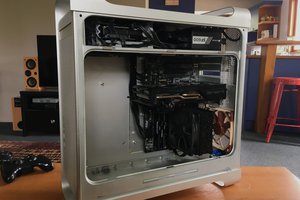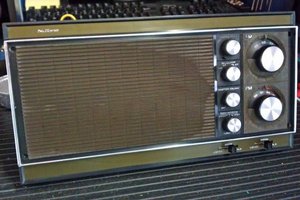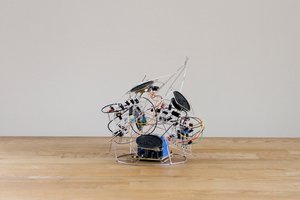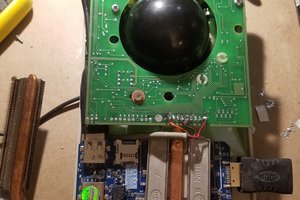Overview
The system is built around a XJW01 LCR kit. The kit comes half-assembled. You will have to solder in a bunch of through hole components. However, then you're just left with two circuit boards.
To make it into a nice unit for on my bench, I've designed and printed a case that can hold a power supply and aligns the display and keys for easy usage.
I've used a linear power supply. I'm not sure if that's necessary with this instrument, but hey, why not, we can at least pretend we're doing metrology-grade stuff :D The fuse holder and switch are in-line with the power input for the supply. If you're in a 110-120V region, make sure that you order a 120V rated transformer.
For attaching the display and keyboard section, I've used the standard Arduino ribbon cable. It's a bit of a hassle to solder in, so you might want to use a connector for this. Of course I've added plenty of hot glue for strain relief.
At the bottom of the case, there are recesses for rubber feet, so the thing won't slide around.
 Merijntje Tak
Merijntje Tak
 Henry Seed
Henry Seed
 Jorj Bauer
Jorj Bauer

 Starhawk
Starhawk